12 PRINCIPLES FOR A NATURE-RICH CITY
Is your city or urban region nature-rich? Could it be?
As of 2008, for the first time in human history, more people live in cities than live in the countryside. This unprecedented change, as it advances, will lead us down two possible paths.
One path is toward gradual decay of the already fragile relationship between humans and the rest of the natural world; the other is toward the rise of nature-rich cities. Many of us are excited about the second option. As Martin Luther King Jr. taught us, any movement, any culture, will fail if it cannot paint a picture of a future that people will want to go to. It’s time to paint that picture.
In that spirit, here are a 12 principles (a work in progress) for creating a nature-rich city, urban region or community.
1. Every child has a right to a positive connection to the natural world.
A nature-rich city is about more than energy efficiency; it’s about beauty, health, biodiversity and creativity, and social justice. At the municipal, state and national levels, leaders of the movement must accelerate efforts to build cultural and ethnic diversity, and one way to do that is to recognize, as the International Union for the Conservation of Nature (IUCN) has done, that a connection to nature is a human right. All children need nature—not just the kids with parents who appreciate nature, or those of a certain economic class, sexual identity or set of abilities. Every child.
2. Want to envision a better future? View your city or region through the lens of the natural world.
In recent decades, civic groups with names like “Envision [insert city name here] 2020” have brought together leaders in business, the non-profit sector and government who have worked to define the future of many urban regions or states. But that approach has faded. One reason is that envisioning groups are running out of new ways to frame the future. After all, only so many regions can become “the new Silicon Valley.” Here’s an alternative organizing frame: envision the future of your community’s neighborhoods, residential and commercial developments, education system, health care system, public health, recreation, and business development with the natural world as a central organizing principle. Young natural leaders, and people of all ages, cultures and economic backgrounds should be involved in such an envisioning process. Local universities can be tapped for regional research and to help track the progress of initiatives to connect people to the natural world, which can be published in an annual Human/Nature Report Card.
Imagine all of this woven into a region’s marketing DNA. Connecting people to nature is an opportunity for cities to shine, to stand out, to build local economy, to enhance and broadcast a region’s quality of life.
3. Nature-rich communities are healthier for children and other living things.
E. O. Wilson’s biophilia hypothesis holds that humans are genetically hard-wired for an affiliation with the rest of nature. A growing body of scientific evidence suggests that greening our cities can be one of the most cost-effective ways of improving public and personal health. Even in densely populated urban neighborhoods, research suggests that accessible nearby nature can lower the symptoms of ADHD among children, improve mental health, enhance the results of physical exercise, lower and reduce overweight and obesity. Public awareness campaigns can promote the health benefits of nearby nature, and boost attendance at local botanical gardens, arboreta, nature centers, parks and trails. Pediatricians and other family medicine practitioners can lead the way. For example, in Washington, D.C., Dr. Robert Zarr not only offers “park prescriptions” to the families of children he treats, but he has worked with local health care professionals to create a database of the city’s parks. Thanks to this database, D.C.-area pediatricians now know where to direct families for a dose of Vitamin N.
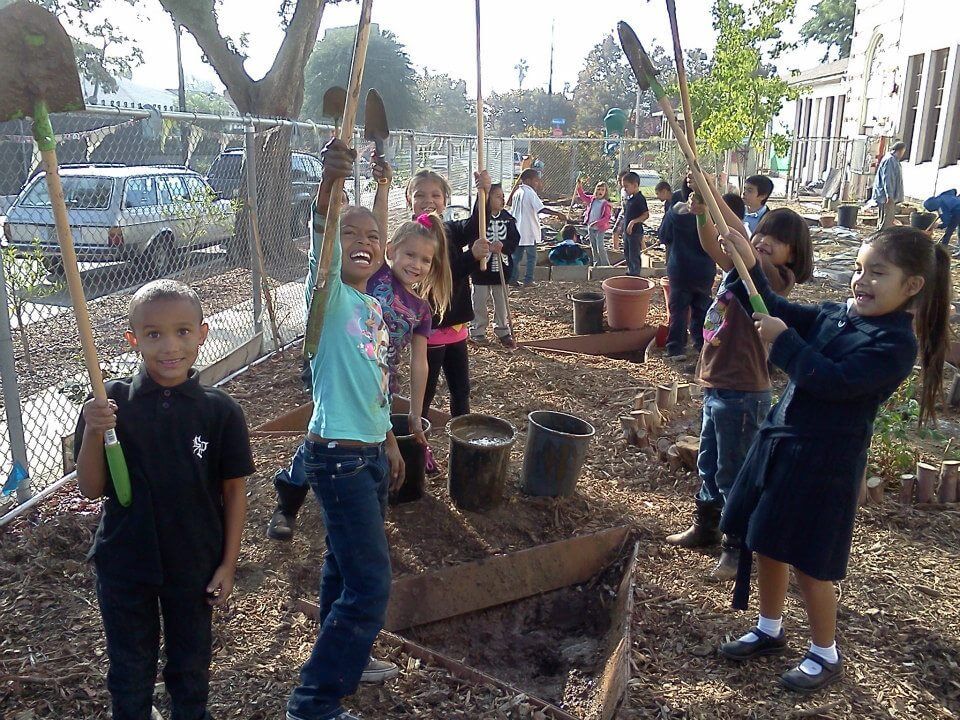
4. Conservation is no longer enough. Now it’s time to create nature.
Wilderness is essential, but in cities, nearby nature is paramount. Nature-smart urban leaders establish new parks by repurposing available vacant lots. They create natural habitat and natural play spaces at the edges of existing parks; dedicate under-utilized land to native species and natural play spaces; they create wildlife (and childlife) corridors. When abandoned buildings are torn down, residents plant community gardens on vacant land. Private property owners turn gardens, yards and green roofs into places where native species revive butterfly and bird migration routes. Educators create school gardens. Nature-smart residential developments blend energy-efficient housing with nature trails, vegetable gardens, rooftop gardens and urban wilderness. Biophilic architects imagine future skyscrapers as vertical farms, with spirals, decks and roofs that produce food and enrich the health of people and other animals. Nature-smart architects and designers incorporate natural elements into their designs for homes, retail outlets, schools and workplaces. The presence of natural light, a view of natural habitat from a school window, and natural play areas can help raise test scores.
Workplaces created or retrofitted through biophilic design show higher worker health and productivity, improved product quality, and greater customer satisfaction. Through nature-rich urban design, whole cities can offer the same benefits. I believe that creating new urban nature will be the logical next stage of the New Urbanism.
5. Don’t cut down the trees, build up the kids.
Children need manageable risk early in life in order to independently handle more extreme risks as teen-agers and adults. Therefore, communities should review their regulations and begin to think in terms of “comparative risk” — balancing the risk of injuries in natural settings with the risk of obesity. Parents can be educated about positive risk management. Instead of banning nature play, build resilience among children. Because of media amplification, parents are deeply afraid of stranger danger, even though, in most neighborhoods, violent crime toward children outside the home has been declining for decades. Some research indicates that, given the right conditions, greening neighborhoods may also help reduce violence. No question, some neighborhoods are dangerous. To encourage more families to access parks and available open space, governments must support increased funding for park security, maintenance, jobs for nature-play professionals, and the creation of neighborhood park watches. Cities hire lifeguards for public swimming pools, why not for nearby nature? Milwaukee’s Riverside Park, designed by Frederick Law Olmsted, was polluted and crime-ridden. Then the nonprofit Urban Ecology Center (with a tower overlooking the park) began to host thousands of student visitors from twenty-three area schools.
Because of these efforts, families in surrounding neighborhoods once again began to use the park. Violent crime rates plummeted.
6. The more high-tech our schools become, the more nature they need.
In education, for every dollar spent on the virtual, at least another dollar should be invested in the real. This is a basic equation, a budgeting approach, a formula for investment of time and money. It can be applied to individual lives, families, cities, and schools. This approach balances technology with natural learning environments. New elementary and high schools around the country are showing that nature-enhanced education is the real cutting edge of education. A new, six-year study of 905 public elementary schools in Massachusetts reported higher scores on standardized testing in schools that incorporated more nature. Similarly, preliminary results from a ten-year University of Illinois study of over 500 Chicago schools show similar findings, especially for students with the greatest educational needs. Greening our schools may be one of the most cost-effective ways to raise student test scores. Natural schoolyards encourage more egalitarian and inclusive play, and can be made available to the surrounding community when school’s out. As parents learn more about this brain-and-health stimulating power, demand will grow for nature-enhanced schools and experiential learning.
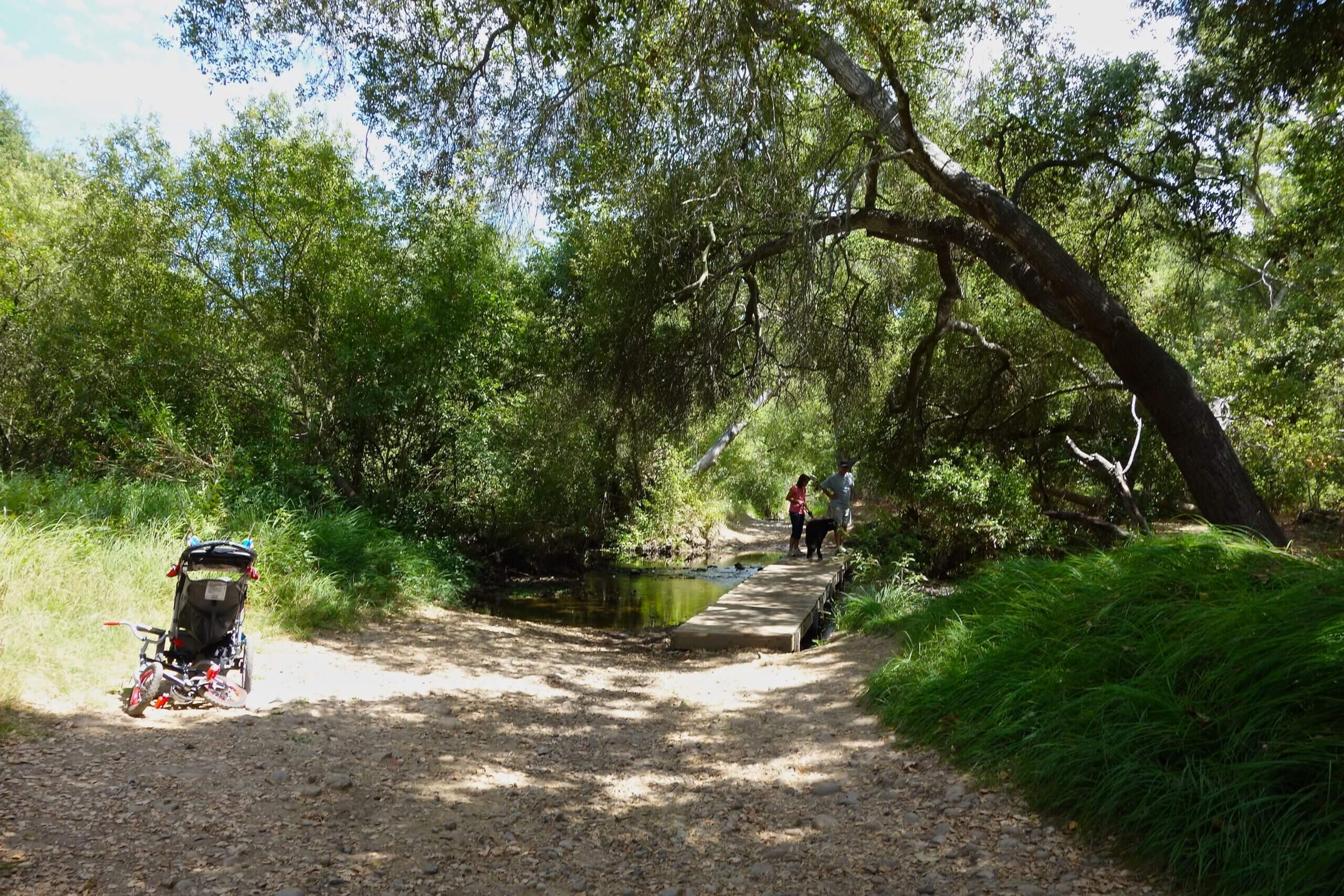
7. Natural history is as important as human history to a region’s sense of identity.
Wendell Berry wrote, “You can’t know who you are until you know where you are.” Nature-smart leaders recognize, celebrate, and manage the uniqueness of their own bioregion. Natural Libraries (such the Sun Ray library in St. Paul) can serve as hubs of bioregional awareness. Some libraries now check out daypacks with nature guides and fishing rods. Natural history museums and other public institutions can play a similar role. Why is it that when we talk about social capital, we only talk about one species? We need other animals and plants for our emotional health and social health. In their presence, human beings as a species and as individuals feel less alone. This is why I use the term “human/nature social capital.” One positive trend is the growing appreciation for urban wildlife. For example, Austin, Texas, has protected an urban bat colony. Every evening, crowds gather to watch the bats swarm up from their home beneath a major city bridge; the living funnels are visible for miles. These bats not only help control the mosquito population, they also generate tourism dollars. As more wild animals adapt to urbanization, and as we move into their territories, demand will grow for wise urban wildlife management, requiring bioregional knowledge and sophistication in human psychology.
Shared nature experiences can bond families, build friendships, strengthen a sense of community, and even reduce crime. New research also indicates that urban parks with the highest biodiversity are the ones that are best for human psychological health.
8. Different cultures and people of different abilities experience nature differently. That’s a good thing.
The term “natural cultural capacity” (introduced in The Nature Principle) describes the strengths and capacities of different cultures to connect with nature, often in unexpected and underreported ways. The new growth of urban immigrant agriculture comes to mind – Somali community gardens in center-city San Diego, for example, or Latino families that often use parks as places for family gatherings. (This is not to say that cultural barriers do not exist. For example, to some African-Americans, tragically, a tree branch may have different symbolic meaning than it does to me. Still, a long-neglected history of a unique African-American environmentalism does exist.) Nature-smart leaders can work with disability communities to ensure greater access to nearby nature, and not only by paving paths, but through new adaptive techniques and technologies. Natural cultural capacity can translate into natural political capacity – and support for the nature connection, nearby and far.

Holland, Michigan is one of many cities working to be a nature-rich community.
9. Build a bigger boat.
Connecting children and families to nature is good politics; it’s one of those rare causes that transcends the barriers of left and right, religion and economics. But even when natural areas exist or new ones are created, people may still not use them. Policies and programs that connect families to nature thrive only when a wider social and political constituency supports them. One way to build that constituency is through a diverse regional coalition or network (Cincinnati’s No Child Left Inside is an early and outstanding example) that includes teachers and schools; pediatricians and hospitals; law enforcement and community-based groups; faith-based organizations and service organizations; garden clubs and Scouts; conservationists and residential developers; zoos, aquariums, botanical gardens and aviaries; artists and architects; liberals and conservatives; old and young. Usually one institution – a nature center, for example – or a coalition of organizations initially steps forward as the regional convener.
Building a bigger boat means bringing people together from every neighborhood and every sector: regional health-care providers, public health officials, recreation professionals, grassroots leaders, leaders from business and government.
10. The future will belong to the nature-smart.
Nature-rich cities build economic wealth and create new jobs: property values go up; increased outdoor tourism adds to local economies; new green jobs are created; an influx of the “creative class” moves in. Urban regions best prepared for environmental and economic challenges will be those whose education systems develop hybrid minds (balancing the skills and aptitudes of the natural and virtual worlds). At nature-rich colleges and universities, schools of business education schools can work together to train nature entrepreneurial preschool teachers to meet the growing demand. Among the many new and potential jobs: nature-play guide; urban wildlife manager; biophilic architect and urban planner; and urban wildscaper who helps homeowners and businesses replace traditional lawns with low-water, bird-attracting native vegetation. Also, the developer and builder who creates nature-rich residential developments; and the home renovator who brings the outside in, through living walls of vegetation that purify air and other new techniques. New health careers, too, including nature therapist and green-exercise trainer. To encourage such jobs, cities and universities could issue a “Career Guide to Connecting People to Nature” that would describe existing and potential career opportunities and entrepreneurial businesses.
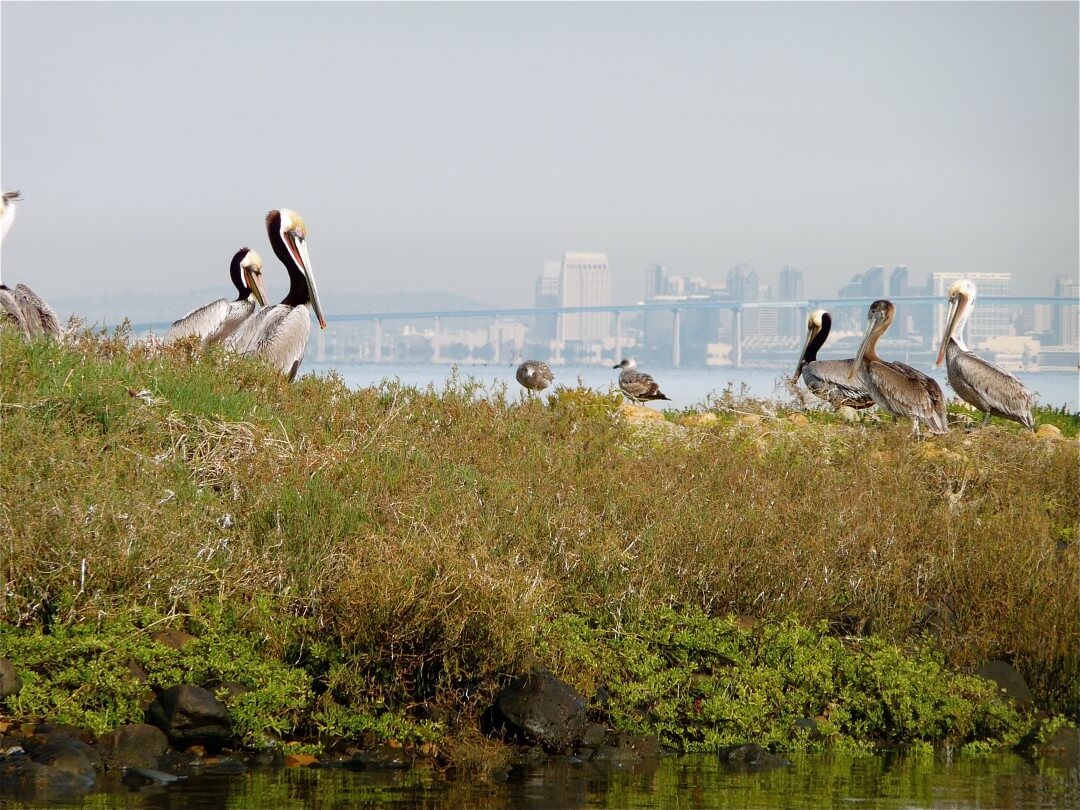
11. Recognition, collaboration and competition build nature-rich communities.
Social change is fueled by many forces, but one of the most powerful forces is contagion. One natural schoolyard will lead to another. Natural teachers — who insist on taking their students outdoors to learn — inspire other teachers to act. Conservation groups, businesses and parent groups can create annual Natural Teacher and Nature-Rich School and Natural Schoolyard awards. On every front, recognition will speed change. Each backyard converted to native species or raising food will inspire five more. And, I hope, these biodiversity-building places, and whole cities, can be part of a Worldwide Homegrown Park. Schools, neighborhoods, whole cities can collaborate with their counterparts within the same regions, states, nation and world. Together, they build a bigger boat. Nature-smart leaders can also promote self-replicating social change by encouraging the creation of Family Nature Clubs – multiple families that band together to go on outdoor adventures together. There are now more than 200 of these clubs around the world. Many of them are made up of hundreds of families. Family Nature Clubs, which can be started by anyone in any kind of neighborhood, help parents cope with fear of strangers and nature itself. Also, nature-rich communities lead to other nature-rich communities.
Your city can work with other communities, join or establish peer-to-peer learning networks across regions or nationally, and give recognition to excellence. Here’s a suggestion: If your city reaches its goals, hold a celebration, and declare your community one of America’s (or the World’s) Best Cities for Children and Nature.
12. Hope is contagious.
Nature-deficit disorder is real. Whole cities can suffer from it. The obstacles to connecting urban families to the natural world are formidable: loss of urban parkland and open spaces in neighborhoods; poor urban design (un-walkable cities); societal immersion in the virtual world; the pandemic of inactivity; the widening gap between rich and poor; and, culturally, a pessimistic, even despairing, view of the future that is too readily accepted by too many. But hope is contagious. A new nature movement must offer a distinctly new and hopeful vision, one that goes beyond traditional definitions of sustainability and conservation; one that offers a blueprint for a nature-rich civilization.
In 2015, Richard Louv presented a version of these remarks, based on his books, at gatherings of municipal leaders from around the country in Salt Lake City, Utah and St. Paul, Minnesota. The events launched Cities Connecting Children to Nature (CCCN), a partnership between the Children & Nature Network and the National League of Cities. CCCN is an initiative working to help U.S. municipal leaders better connect children to nature, particularly children who have had little access previously. These views are Richard Louv’s, and not necessarily CCCN’s.
- CHILDREN & NATURE NETWORK’S RESEARCH LIBRARY
- C&NN’s GREEN SCHOOLYARDS INITIATIVE
- C&NN’S NATURAL FAMILIES NETWORK
- BIOPHILIC CITIES PROJECT
- 8 80 CITIES
More reading
- RESTORING PEACE: Six Ways Nature in Our Lives Can Reduce the Violence in Our World
- LET’S CREATE A WORLDWIDE HOMEGROWN PARK
In the News
- A BREATH OF FRESH AIR: City of Grand Rapids Aims to Reconnect Children with Nature
- A CHALLENGE TO DECATUR: Embrace the Outdoors
- National League of Cities, Department of Interior, YMCA of the US sign agreement
- UK Parliament Report: Green Space and Health
- CBS This Morning: A Nature-Based School in Georgia
Books
- MAKING HEALTHY PLACES: Designing and Building for Health, Well-being, and Sustainability— Andrew Dannenberg, Howard Frumkin, Richard Jackson
- BIOPHILIC CITIES: Integrating Nature into Urban Design and Planning: Tim Beatley
- BIOPHILIC DESIGN: The Theory, Science, and Practice of Bringing Buildings to Life: Stephen R. Kellert, Judith Heerwagen, Martin Mador
-
Network News
Earth Day: Young leaders advocate for change
-
Feature
Nature photographer Dudley Edmondson has a vision for the representation of Black and Brown faces in the outdoors
-
Richard Louv
EARTH MONTH: You're part of the New Nature Movement if....
-
Voices
Placemaking: How to build kinship and inclusive park spaces for children with disabilities
-
Network News
Children & Nature Network founders release report on global factors influencing the children and nature movement



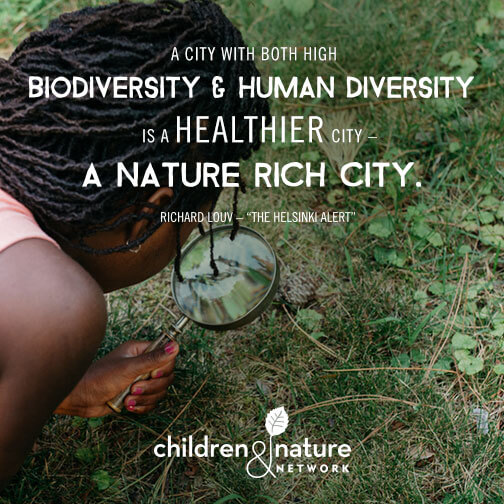

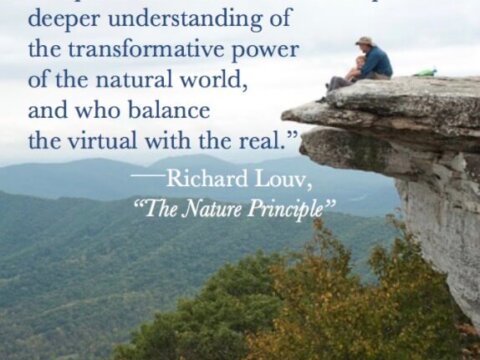
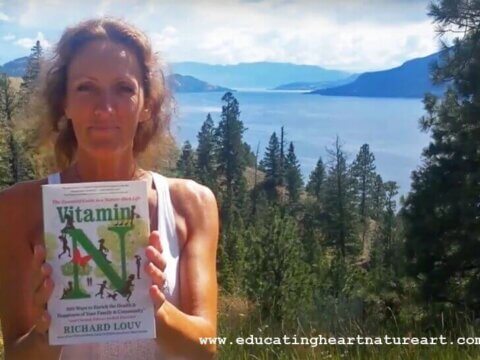

Commentaries on the C&NN website are offered to share diverse points-of-view from the global children and nature movement and to encourage new thinking and debate. The views and opinions expressed are those of the author(s) and do not necessarily reflect the position of C&NN. C&NN does not officially endorse every statement, report or product mentioned.